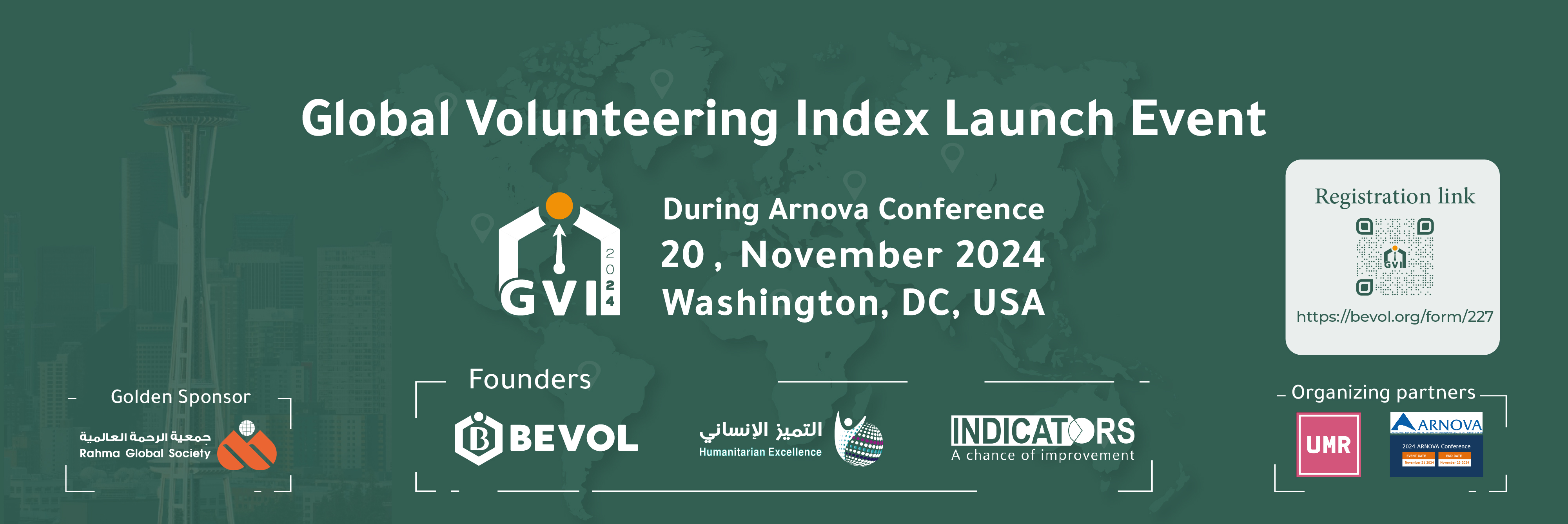About
Volunteering represents one of the fundamental pillars for building communities and achieving their development. It enhances trust and reciprocity, encourages good citizenship, and provides an environment where people can learn social responsibility and civic participation.
Volunteering, in its various forms and types, is considered one of the most important tools and civilized manifestations to ensure the flow and continuity of good within society. Despite the increase and growth of volunteer work across communities, this growth is accompanied by a significant weakness in measuring, studying, and analyzing the reality and future of volunteer work.
Hence, the need to innovate an (Global Volunteering Index) emerged to provide modern and innovative technical tools to measure the level of volunteering, determine its reality, and anticipate its future in different countries around the world. The goal is to achieve a scientific classification of volunteer activities in these countries based on the analysis of volunteer data according to precise scientific and professional standards carefully selected. This can help in drawing up policies and action plans necessary to contribute to spreading the culture of volunteering and maximizing its impact and results.
It goes without saying that volunteer work must rely on a well-defined strategy rather than scattered, random efforts. Several points must be met to build a useful strategy to support volunteering and spread its culture. For this strategy to be successful, it must rely —especially in the age of data—on real and accurate data derived from reality.
The GVI aims to use a systematic and scientific method to understand and measure behaviors and trends in volunteer work. We aspire for this index to become one of the most important global platforms in measuring, understanding, developing, and forecasting the future of volunteering.
The GVI Report
The GVI Presentation

GVI is a project supports the rapid growth of the third sector with its charitable and development institutions, whether they have previous experiences in voluntary projects or not, to provide them with a scientific and objective reference that helps directing policies away from personal assumptions and expectations.
Benefits

Decision Makers:
The results of the index help to formulate policies and legislate laws aimed at spreading and developing voluntary work in society, based on practical experiences, challenges and actual motivations for voluntary work, which stem from a realistic field study rather than abstract theories.

Partnerships with Research Centers:
Through coordinating with these centers to publish policy papers about the index and present them to governments and decision-makers, so that they are influenced in order to develop laws and policies that support and facilitate voluntary work.
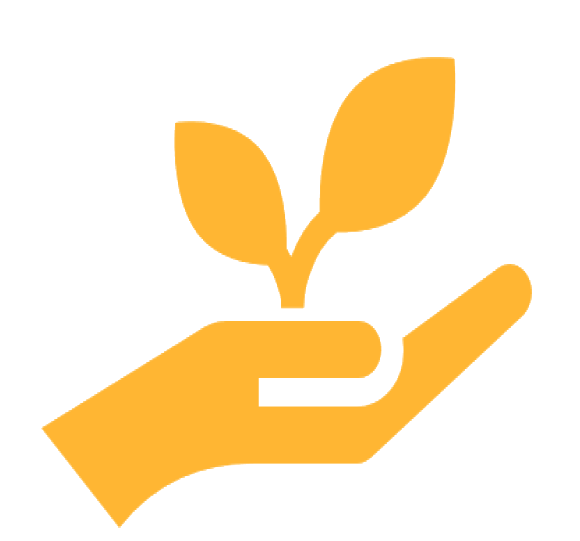
Launching humanitarian projects concerned with promoting the culture of volunteering:
As the index provides a sort of general perceptions, along with some additional details through in-depth statistical analysis and policy papers it issues, which helps humanitarian organizations to adopt it as a primary source for designing humanitarian projects to promote the culture of volunteerism and community contribution and to activate the role of society members, thus, organizations apply to donors and governments for supporting and implementing these projects.
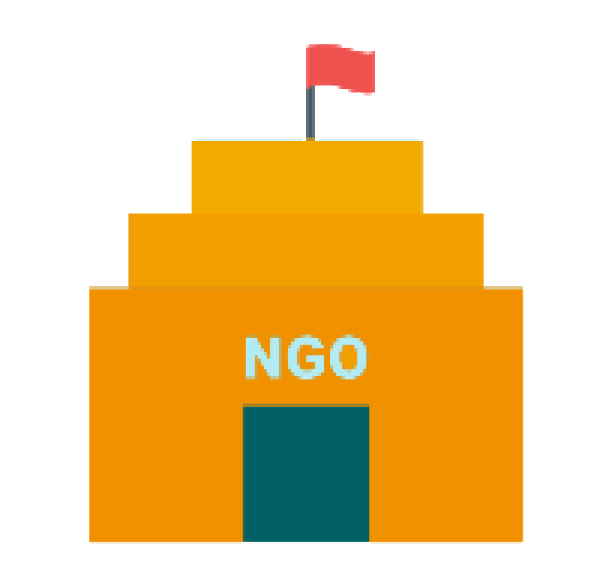
Institutions and CSOs:
Adopting the outputs of the index within the strategic plans of the institutions leads to directing projects in line with the challenges of voluntary work, which the index helps to identify using data science. The index also provides a strategic tool for evaluating the performance of institutions and CSOs on an annual basis, as the index is issued annually to present the updated data outputs.

Governments:
The index represents a benchmarking as a means to measure the impact of public policies adopted by governments on volunteering issues and to develop work policies that help promoting volunteerism in society.
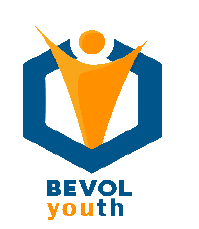
The Youth:
The index helps generating ideas for qualitative youth projects and initiatives based on a deeper understanding of volunteering and of its impact on the society, and helps improving their vision of the society and its needs.
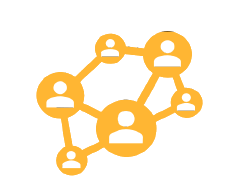
Media Institutions:
The index and its outputs represent new, valuable and unique media materials, especially that the index will include a set of supportive marketing tools such as promotional videos and infographics.

Academic Institutions:
The index serves as a scientific reference for the research of academic institutions through its results, which rely on objective and credible statistics and figures. Additionally, its results will raise volunteering topics and issues more effectively within research and scientific institutions.
Topics

In order for this index to measure the level and form of volunteering and identifying the required development and foreseeing the future of voluntary work in all of the targeted countries, it will discuss several important topics including:
-
The volume of practicing voluntary work at the official, societal, and individual levels in each geographical area.
-
Fields of volunteering.
-
Sectors of volunteering.
-
Mental vision on volunteering.
-
Laws and legislations on volunteering.
-
Efforts for developing volunteering.
-
Motives of volunteering.
-
Impediments and obstacles of volunteering.
-
Priorities of volunteering fields.
-
Issues of volunteering.
-
Motivations of volunteering.
-
Performance of volunteering teams.
-
Level of interaction with available volunteering opportunities.
-
Remote volunteering and physical volunteering.
-
Creativity and innovation in volunteering.
-
Utilizing technology in volunteering.
The index will also take into account the level of interaction with volunteering opportunities according to various classifications such as gender, age, educational level, and other social classifications. It will provide a measure of the economic value returned to society through volunteering, its contribution to the national product, the ability to mobilize and attract volunteers in civil society, and the availability of volunteers in each community, in addition to many other aspects related to voluntary work.
Additionally, the impact of demographic and social variables on the volunteer measurement index, such as education, gender, age, occupation, and other variables, will be studied.
Data Source
Key informants
in-depth interview questionnaire including closed questions and open-ended questions and explanations of the interpretations of volunteering activities and its causing phenomena.
Secondary sources
volume of volunteering activities, variety of volunteering activities, relevant research and studies.
Social networking platforms
following any posts, hashtags, or social activities related to volunteering.
Statistical Analysis Method

Index Calculation Method:
1. Developing specific tools and questionnaires for data collection.
2. Determining how to convert qualitative data and textual explanations into numerical values.
3. Defining the unit of measurement for the index: percentage, out of ten, between -1 and +1...
4. Defining the upper and lower bounds of the index
Determining Weights
Not all components will be treated equally; they will not have the same value when factored into the index calculation. Additionally, detailed information may not be weighted equally. Specific weights will be assigned to each component based on its importance, the level of advancement of countries in that area, and its calibration with the minimum and maximum index values.
Determining the calculation of each topic
As each topic of the index is treated as an independent index that gives numeric values of its own, therefore, its method of calculation is also determined separately. Knowing that these topics will eventually form the final value of the index.
Determining the calculation method of the final index
After calculating the weights of the detailed information and calculating the topics, and conducting field testing of the index, after all of that, the final methodology of the calculation method of the index is updated.
Demographic Analysis
Index’s analyses in both, the value of the index and the results of the deep analysis shall cover several geographic and demographic factors, the most important of which are: (Gender, Age, Educational level, Continent).
Geographical Scope
while considering the following criteria
- Geographical coverage.
- Classification of countries according to their economic level.
- Educational level.
- Political situation.
- Accessibility.
Covered Countries:
- Algeria.
- Bahrain.
- Canada.
- Egypt.
- France.
- Germany.
- Iraq.
- Japan.
- Jordan.
- KSA.
- Kuwait.
- Lebanon.
- Libya.
- Malesia.
- Mauritania.
- Morocco.
- Oman.
- Palestine.
- Qatar.
- Sudan.
- Syria.
- Tunisia.
- Turkey.
- UAE.
- UK.
- USA.
- Yemen.
Founding Partners



